Lutherstr. 11
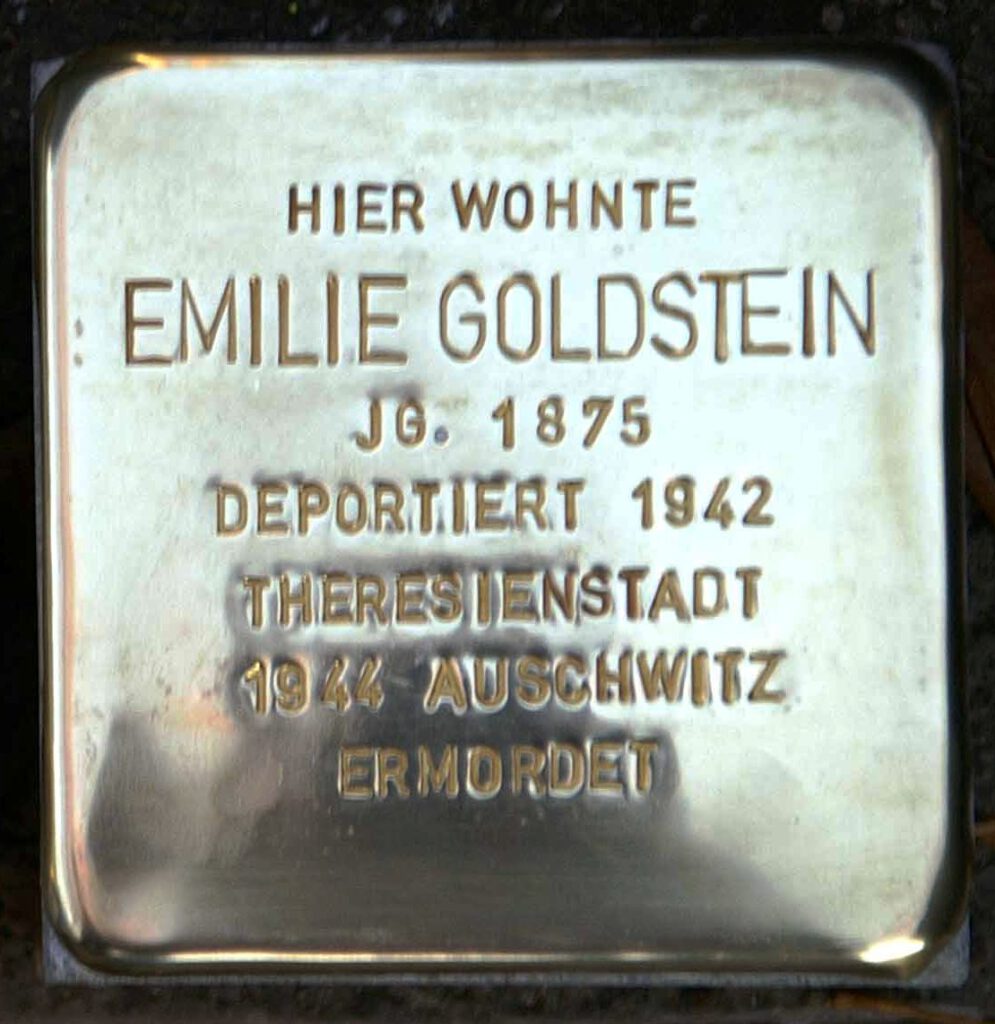
From Bad Kissingen to Goeppingen
Dr. Aron Tänzer, the conscientious chronicler of the Jewish citizenry of Gőppingen made the following notation about the Goldstein family and their business:
“Martin Goldstein, clothing, fabric and leather goods store. Founded in 1871 by Martin Goldstein. In 1874, his brother Michael joined him as partner. In 1881, the business was dissolved.”
It could be assumed that 1871 must have been the year in which Martin Goldstein, Emilie Goldstein’s father, moved from his home town of Bad Kissingen to Gőppingen. Did the growing industrial town of Gőppingen offer an attractive incentive to open men’s clothing store there? Or was it love that drew Martin Goldstein to Gőppingen? In the year 1872 there is already a record of his marriage, when the 25-year-old groom married Sofie Fleischer, who was four years younger than he. She was the oldest sister of Gőppingen entrepreneur Samuel Fleischer, who still worked at that time in the corset factory of his uncle, Daniel Rosenthal.
Their first child, daughter Julie, is born in the year following their wedding. Rosa follows in 1874, and on November 10, 1875, their third daughter, whom they name Emilie, is born. After Emilie, Sophie and Martin Goldstein had four other children, but only their daughter Helene, born in 1878, survived past the first days after her birth. Helene would later marry Maier Wachenheimer and had two children with him, Otto and Ruth-Sofie. The family lived in Strasbourg, but in 1921, following Maier’s early death, Helene moved ‘to Germany’ with her children. Nothing further could be learned about her fate, but fortunately her name does not appear on any of the lists of Nazi victims. Most likely their personal misfortune is followed by a commercial one, because Martin Goldstein closed his Gőppingen business in 1881.
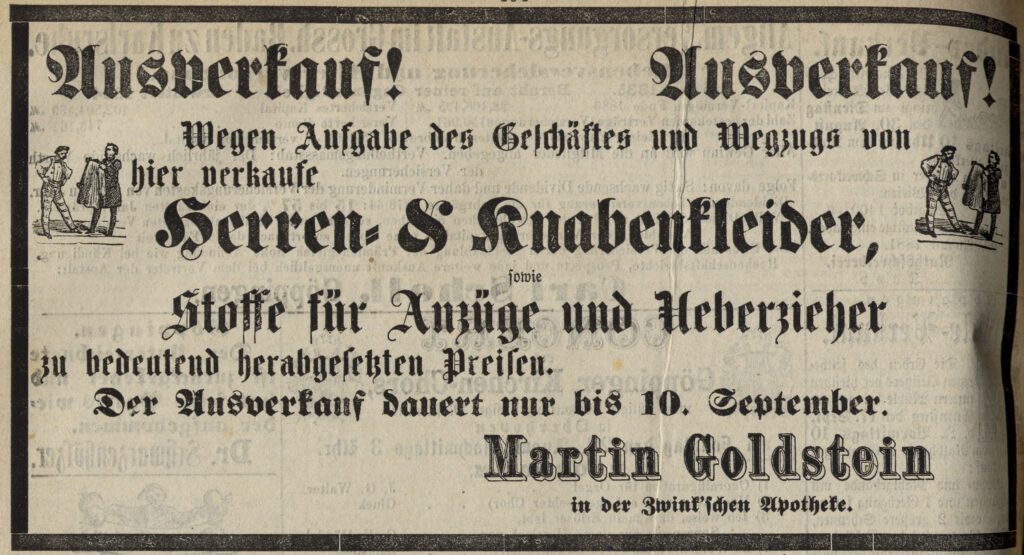
The later fate of Emilie’s parents is hard to follow. Her mother Sofie died young in 1888 in Karlsruhe where she had lived since 1885 without her husband and probably also without her children. Emilie’s father Martin Goldstein is listed in a 1904 document as having ‘moved, location unknown’. Actually, Martin Goldstein had probably already immigrated to England in 1881, where he started two new families and lived until his death in 1928.
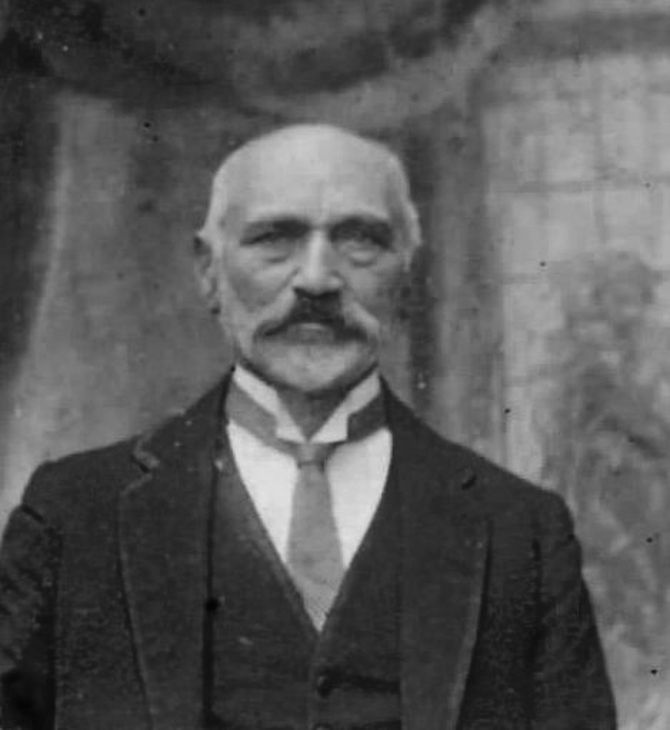
Where did ten-year-old Emilie find a home after her father ‘vanished’ and her mother moved to Heilbronn in 1885? Maybe she lived with her father’s relatives in Bad Kissingen because later she holds Bavarian citizenship. According to Sylvia Hurst, née Fleischer, it can be assumed that Emilie lived with the Gőppingen relatives or at least sometime later returned to Gőppingen. Sylvia writes in her book ‘Laugh or Cry’:
“Before the First World War, my Father (= Julius Fleischer – kmr) was a confirmed bachelor. I was told that only once Father had thought of marriage. He was very young then and fell in love with Aunt Emmy, a second cousin and ‘poor relation’ who had been given a job in the factory (that means the corset factory of Samuel Fleischer in Gőppingen – kmr). She was gay and cheerful, but much older than Father (by seven years – kmr). The disparity in their ages was given as one of the reasons for the family’s opposing the marriage. The other reason, which they claimed was the main one, was the already great amount of intermarriage in the family! My great-grandparents, my grandparents, and several uncles had all married cousins.
I was told by a friend of the family that, in her opinion, Father fell for Aunt Emmy because she was sweet-natured and such a contrast to his rather overbearing mother. She did not think he had been really in love with her.
Aunt Emmy was sent away. A corset shop was opened for her in a town in the Rhineland. She never married. Mother used to say: ‘The men in Father’s family marry relatives because no-one else is good enough. Aunt Emmy was an exception, and probably the reason for that was that she had no money.” There are similarities with the biography of Emilie’s older sister, Julie Goldstein. Julie also remained single and was encouraged and assisted in advancing in her profession by her uncle Samuel Fleischer. However, unlike Emilie, she worked directly for the company. Therefore it is known that she managed a corset store for the firm in Italy (Milan) until World War I. During the war the store was looted because it was owned by ‘enemy’ Germans, and Julie fled to Switzerland.
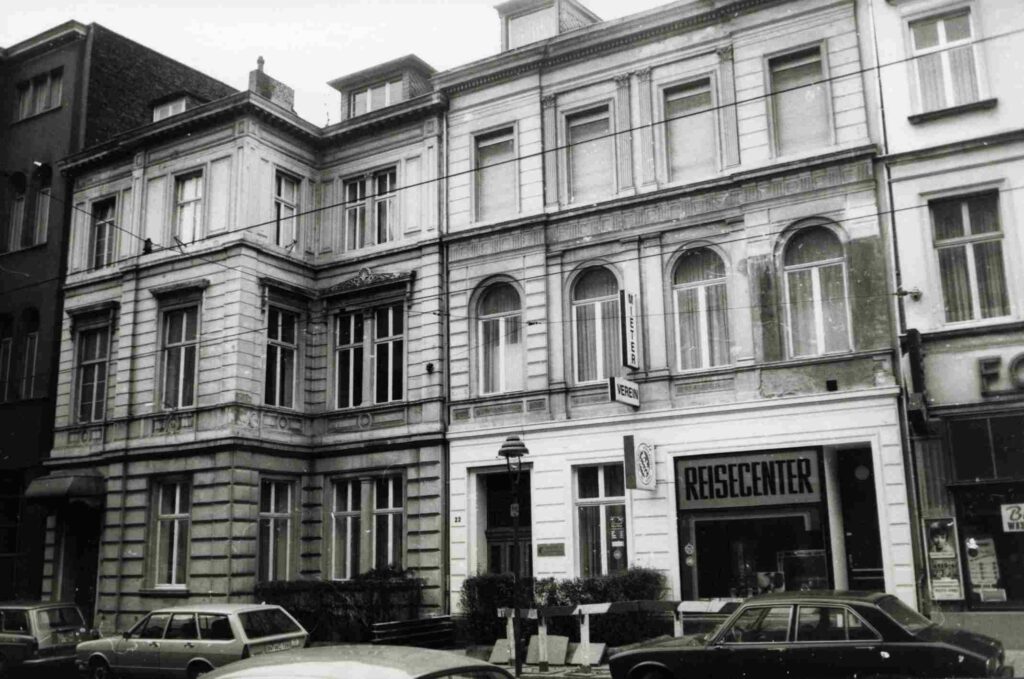
Profession: Corset Maker
There she opened her own corset shop at Kaiserstrasse 20, and in May 1935 she moved the business to the neighbouring building at number 22. During the Pogrom night on November 9, 1938, her business was destroyed by Nazi hoodlums. But something occurred that seldom happened during that time: Emilie Goldstein had good (non-Jewish) neighbours, the family of Paul Kahle, a professor of Oriental Studies. During the evening of November 15, a policeman observes Paul Kahle’s wife Marie and their eldest son Wilhelm helping Emilie to clean up her destroyed store. Two days later, the Kahle family was denounced in ‘The West German Observer’, a regional Nazi propaganda sheet:
“It is treason against the nation and its people – Mrs. Kahle and her son helped the Jew Goldstein with the cleaning-up of her business (…). Honest and truly sensitive people must stand speechless as they witness such nastiness.”
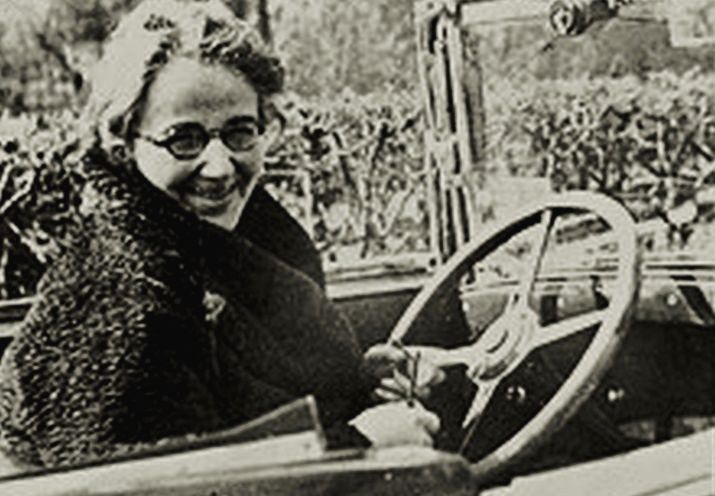
Move to the ‘Wilhelmsruhe’
Professor Kahle soon afterwards lost his teaching position, his son Wilhelm was dismissed from Bonn University, and the family fled to England in March 1939. After the Pogrom night, Emilie Goldstein could no longer run her business. Her move to Sontheim near Heilbronn represented a significant turning point in her life. At 64, Emilie was near retirement age and moved into the ‘Wilhelmsruhe’. This establishment had been founded in 1895 as an ‘Israelite Home for Single Men and Women’; the building was built in 1907 and was named after the Württemberg king. At first it was a comfortable home with residents receiving good care, but during the Nazi time the administrators in charge were forced to take in more and more old Jewish people. By 1939-40, twice as many people shared the living space as there had been in 1937.
When Emilie Goldstein moved into the ‘Wilhelmsruhe’ on January 26, 1939, it was no longer the comfortable old-age home the founders had envisioned. Emilie’s older sisters, Julie Goldstein and Rosa Fleischer, moved to Sontheim with her. They both were blind and need care. Julie Goldstein died in May 1940 at the age of 67. On orders by the Nazi administration, the Jewish residents of the home were evicted in November 1940. Some of the home’s residents were sent back to their former home towns, and that is why Emilie Goldstein and Rosa Fleischer came back to Gőppingen.
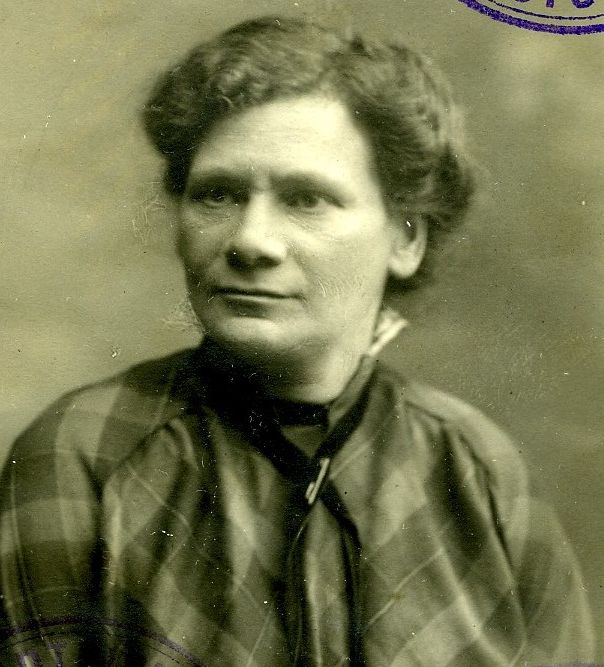
In the House of Hedwig and Sigmund Frankfurter
Emilie and Rosa were able to stay in the house of Hedwig and Sigmund Frankfurter at Lutherstrasse 11. Living in this residence was a lucky circumstance for all concerned, because the house offered good living conditions, and the hosts were no mere strangers. Rosa Fleischer’s daughter Elsbeth was married to Richard, son of the hosts, family Frankfurter.
At that time, Emilie and Rosa’s cousin Julius Fleischer and his wife were also living in Gőppingen. Even though she had been gone away from the town of her birth, which was the hometown of the family for decades, Emilie might have felt at home in Gőppingen anyway. Unfortunately she was not allowed to find a few years of peace there.
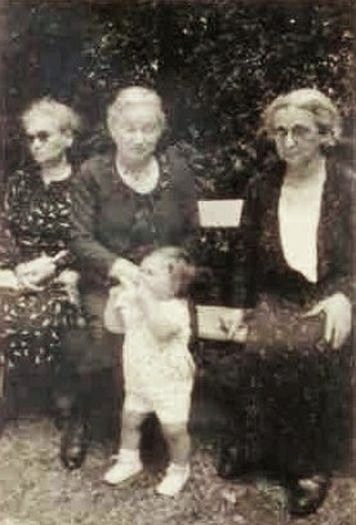
Herrlingen, Oberstotzingen…
Emilie and Rosa already had to leave Gőppingen in August 1941 and to move to the compulsory old-age home in Herrlingen. As it had been with the Sontheim ‘Wilhelmsruhe’, this also was a social institution founded by Jewish organizations. Initially the building housed a Landschulheim (country school home – state-accredited private school/boarding school) founded by Anna Essinger. The school was closed in 1939 and converted into a compulsory old-age home. When Emilie Goldstein and her sister were committed there, they were confronted by depressing living conditions. Ulrich Seeműller writes in his publication ‘The Jewish Old-Age Home Herrlingen’:
“In August there were ten, in September six, and in October 1941 four additional new arrivals added to the already overcrowded home. The total number of occupants had grown to 96. The oppressive closeness not only made living conditions difficult, in addition it also endangered the food supply. The areas that were suitable for growing fruits and vegetables were limited, and it was not possible to rent or purchase additional ground. (…) The orders to wear discriminatory identification markings (note: the Jewish star – kmr.) made life even more difficult for the home’s residents. For example, they could not leave the area of the home without written permission from the local police authorities.”
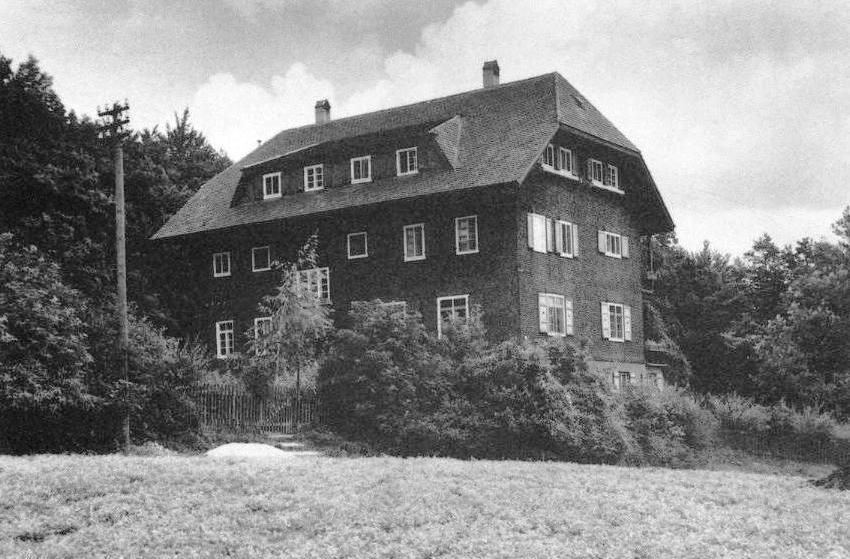
During the admission process at the Herrlingen compulsory old-age home, the new arrivals had to complete questionnaires. Their income had to be listed, and it was recorded that Emilie Goldstein received a monthly pension in the amount of RM 66.80 from the employees insurance. Because of this it can be assumed that she had worked as an employee for quite some time before she started her own business in Bonn (in the Gőppingen Corset Factory Fleischer?).
In November 1941, Emilie visited Gőppingen probably one last time, as Hedwig Frankfurter writes in a letter on December 3, 1941, “to say good-bye to her cousin (Julius Fleischer – kmr). Understandably, this was difficult for both of them.” (See Stolperstein biography). Did Hedwig Frankfurter know that Emilie and Julius had been a couple four decades earlier?
The stay in Herrlingen also ended in less than a year. Another forcible move took the two old ladies to Castle Oberstotzingen, where they had to stay until August 16, 1942. (See Stolperstein biography Rosa Fleischer). From there, Emilie Goldstein was first taken to the camp at Stuttgart Killesberg. On August 22, the transport departed that took her to the Theresienstadt concentration camp.
… Theresienstadt
Hungry, freezing, and without proper medical care, Emilie Goldstein lived for almost two years in the old fortress. Together with her Gőppingen hostess and fellow Theresienstadt sufferer Hedwig Frankfurter, she was deported to the Auschwitz extermination camp on May 16, 1944, and probably murdered shortly thereafter. Her sister Rosa Fleischer had already died in December 1942 in Theresienstadt.
Also murdered by the Nazis were her cousins on her mother’s side, Julius, Bernhard and Arthur Fleischer. Her cousin Pauline Guggenheim took her own life because she feared humiliation and torture. (See Stolperstein biographies) Emilie’s cousin Otto Goldstein had already fled into an early death in 1933 because of his disappointment and horror of the Nazis’ barbarous actions. A Stumbling Stone was placed for him in Bad Kissingen in 2009. On November 25, 2011, Gunter Demnig placed a Stumbling Stone for Emilie Goldstein in front of the house at Lutherstrasse 11.

The Stumbling Stone Initiative would very much like to thank Mrs. Ruth Adler, Mrs. Edith Neisser, late Mrs. Sylvia Hurst †, Mrs. Jenny Johnson and Mr. Edgar Fleischer † for photos and information.
On the website of the town of Bad Kissingen there is a detailed text on the Goldstein family, to which we would like to refer here.
(21.10.2024 kmr/ir/ww)













Leave a Reply